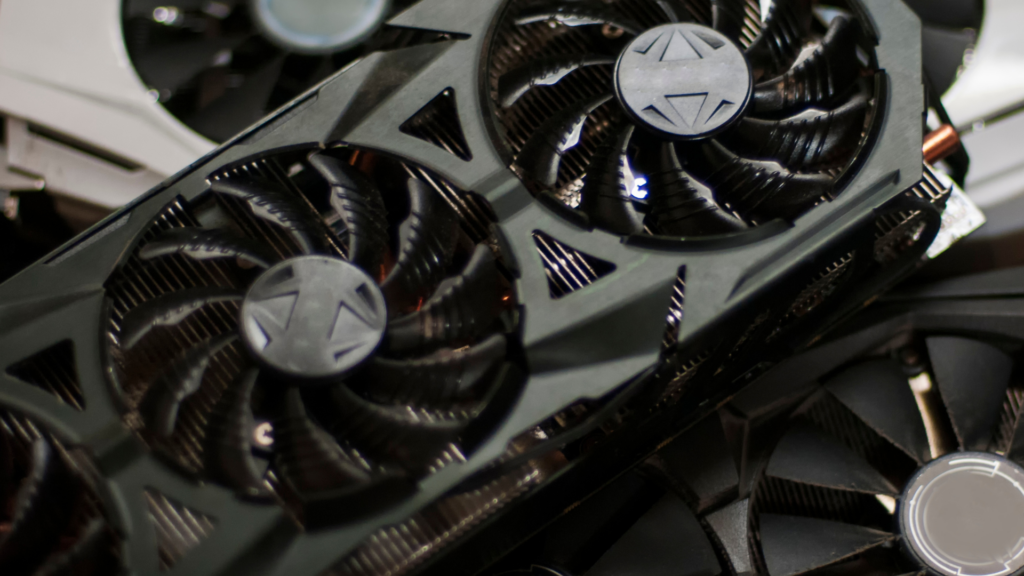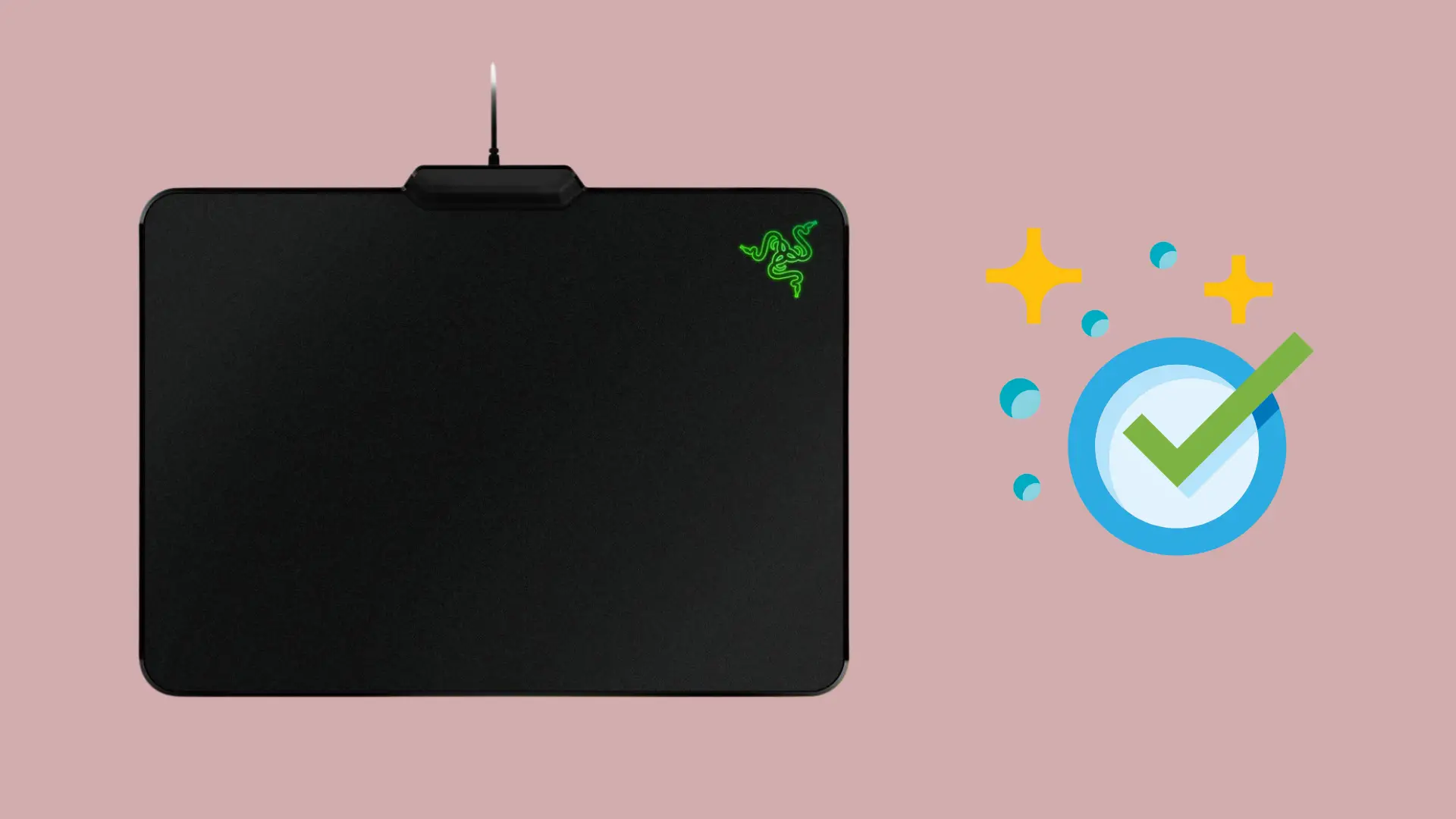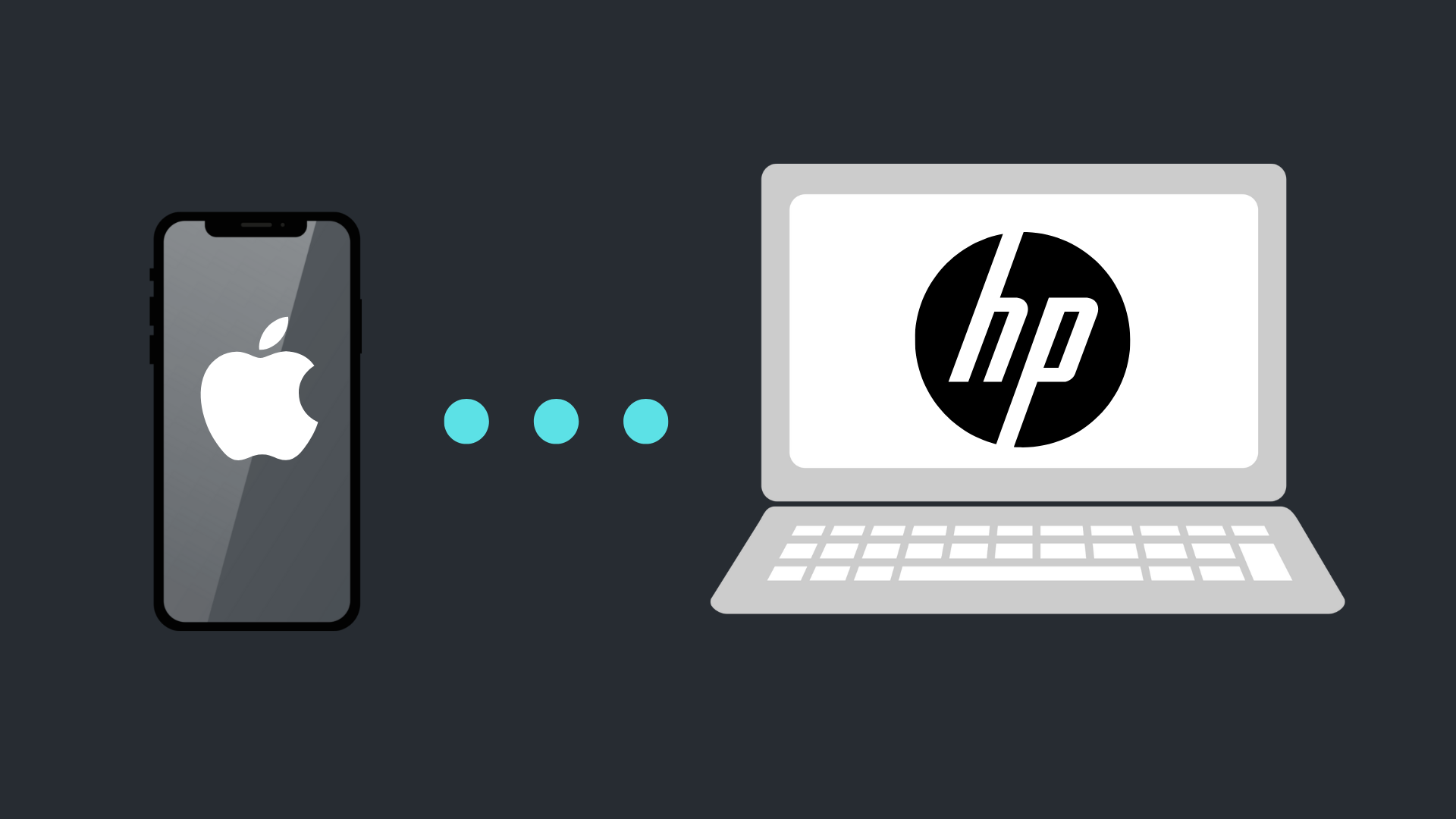How Hot Is Too Hot for a GPU? A Graphics Card Temperature Guide

Whether you’re getting into gaming for the first time or you’ve been at it a while, you may notice that your graphics processing unit, also known as a graphics card or GPU, gets rather hot. But why does it get so hot? Are there temperatures that are too high that can damage your GPU? In this article, we’ll take a deep dive into your GPU’s temperature, including how hot is normal, what temperatures are considered safe, what happens when your GPU gets too hot, why it gets so hot, and how to keep it cool so that you can continue to enjoy great performance for a long time to come.
How Hot Is Too Hot for a GPU? A Graphics Card Temperature Guide
Though most GPUs are designed to handle up to 90ºC, it’s recommended that keeping your GPU at or below 80ºC is safer overall, because at or above 90ºC, most GPUS will begin to engage failsafe operations to prevent damage to the GPU. Known as thermal throttling, this failsafe slows the GPU clock so that it operates at slower speeds until it cools down sufficiently for the failsafe to go off and normal operations to resume. For this reason, it’s recommended that GPUs be operated at no more than 85ºC, or 185ºF, with temperatures as low as 50ºC being completely normal, especially at startup when the computer has been allowed to cool. However, some AMD GPU models are rated for as high as 110ºC, so it’s important to look at your GPU specs to have a solid grasp of its normal operating temperatures and extremes that should not be tested.
Let’s start by looking at what a GPU is and how it works. In a gaming computer, a dedicated graphics card is used to quickly process a wide range of graphics, including animation and motion, in a smooth fashion without stuttering or freezing. Because gaming has a much higher level of graphics processing going on than other types of computer-based activities, having a high-quality graphics card capable of handling the workload is vital to a good gaming experience. But that workload comes at a price, especially if you’re dealing with a basic or standard graphics card instead of an upgraded GPU to handle the load.
Is it normal for my GPU to be hot?
Yes, it’s completely normal – within reason. GPUs pass electrical energy through a range of conductive materials, and that transportation of electricity causes heat to be released in the process. The more intensive your graphics processing, the more electricity is passed through the GPU, and the warmer the GPU unit gets. However, there are temperature ranges that should not be exceeded, as they will trigger failsafe systems to throttle the energy being sent through the GPU to prevent damage, which in turn can cause your graphics to shudder and freeze.
What happens when your GPU gets too hot?
But what happens if the failsafe is overridden, removed from the GPU, or fails to engage? In this situation, your GPU could get much hotter than 90ºC, which can ruin your GPU. Most semiconductive material used in a GPU is rated to 150ºC, while others are rated to 175ºC. Above these temperatures, you’re likely to see a worst-case scenario play out, where the maximum junction temperatures are exceeded and the GPU fails entirely. Given the high cost of most GPUs, staying on top of your GPU temperature is important to avoid expensive repairs or replacement of your GPU or overall system. After all, excessive heat can lead to an electrical fire, causing much more damage beyond your GPU.
How can I check my GPU temperature?
Depending on the system you’re using, checking your GPU temperature is fairly straightforward. On Windows, pressing Ctrl+Alt+Delete simultaneously allows you to move to your machine’s performance metrics. From there, clicking on the graphics card will allow you to see the GPU temperature. For Mac-based systems, there’s a way to do so through the terminal, though several apps are available for the process that makes it much easier to access your GPU temperature.
Similarly, if you have an NVIDIA or AMD GPU, there is driver software available for your graphics card that makes monitoring the temperature of your card simple. Finally, if you want to be able to keep track of your graphics card’s temperatures using a different software, there are a range of third-party software solutions that allow you to monitor your GPU’s temperature and prevent damage to your system from excessive heat.
Simple Signs of a hot GPU
Noisy overworked fans
If your fans sound like a turboprop getting ready for takeoff, they’re probably overworked due to the heat. In this situation, you’ll want to upgrade your cooling system. However, if it appears that your fans are not operating any faster, you could be looking at a bearing failure, which can in turn cause a spectacular overheating or failure of your GPU.
System warnings
Whether it’s an onboard overheating warning from your OS, software specific to your card, or third-party software warning you that your GPU is overheating, pay attention and address the issue ASAP. This allows you to quickly get to the root of the problem and prevent damage.
Choppy, stilted, or frozen graphics
If your graphics are suddenly having issues in a game you’ve been playing, that’s a good sign that your GPU clock has slowed down as part of the failsafe system. Stop what you’re doing and figure out what’s going on, as your gaming won’t get better if it’s ignored.
Hot case or cabinet
If you’re not making any other changes, but notice that your case itself or the cabinet it’s in is warmer than usual, it’s an easy sign to pick up on. However, if you have made changes, such as a new game, updated hardware, or similar changes, start by backing out those changes and determine if upgrades need to happen.
Reasons why your GPU is so hot
Dusty heat sink
Much like vacuuming off your air conditioner’s or refrigerator’s coils, keeping your GPU’s heat sink clean is just good maintenance to prevent overheating and keep it performing properly. You could dust your heat sink using canned air, as it will prevent excess humidity from building up on fragile internal components and causing corrosion, or you could use a PC vacuum to suck the dust off of your heat sink, which prevents the dust from settling somewhere else in your system.
Overclocked GPU
An overclocked GPU is a great way to improve the performance of your gaming machine, but it also causes it to heat up more. If you’ve overclocked your GPU, consider whether simply replacing it with a better-performing GPU may be a safer version, or consider upgrading your cooling system to keep up with the higher temps being produced by it by swapping out your air-cooling system for a hybrid or water-cooled system that can better keep up with the heat produced.
Inadequate cooling
Try running your system in gaming mode with the case open and see if you can determine if this is the issue. If you’ve overclocked your GPU or are trying to run games on it that are too complex, you may need to upgrade your cooling system, as was mentioned above. This can also be caused by a failure in your cooling system, such as a failed fan motor or an inadequately-sized heat sink that is not dispersing sufficient heat as your gaming system is running.
Obstructed airflow
Beyond blowing off the heat sink, do you have sufficient airflow to and around your case? It can be very tempting to hide your tower in an enclosed space, such as your desk, but bear in mind that as that air warms up, it loses some of its ability to cool your CPU and GPU systems. For that reason, if you have an air-cooled GPU, make sure to leave the cabinet door open so that air can circulate freely. Check the vents for your case as well, making sure that they can still vent out the hot air building up inside effectively, and clean them or replace the system fan as needed to improve performance.
Old or incompatible GPUs
Sure, you could get a great deal on that hot new GPU, but you may find that it ends up being too hot to handle. Trying to work jumpers or adapters for your GPU to work with your system may just cause more problems and more heat to build up over time. Similarly, if you have an outdated GPU, it may no longer hold up to the demands of more modern games. Trying to shoehorn an older processor to run a newer game is like shoving your foot into a much-too-small shoe – it may work briefly, but it won’t be long before it fails spectacularly.
How are GPUs Cooled?
Case Cooling
Your case needs to have sufficient fans to keep air moving in and out of the case at a regular clip, so that fresh, cool air can enter and warm air can exit the system without being drawn in. For this reason, it’s important to make sure that your case fans are operating properly at all times and that you can add more cooling as is needed to keep things operating at a proper temperature and avoid damaging your system in the process.
Increase your graphics card’s fan speed
Your graphics card will typically have some type of cooling system, and the most common is a series of fans that move air across the heat sink to help it move heat away from your GPU. One option you have to improve cooling is by increasing the speed by which these fans operate, which can increase the rate at which heat is moved away from your GPU, allowing your GPU to operate at a lower temperature without a lot of extra work.
Open air cooling
Open air cooling is the simplest type of cooling, using fans to move air inside the case across the surface of the heat exchanger and remove it more quickly than would naturally happen from case cooling alone. In some situations, you can upgrade the open air fans to increase the airflow across the GPU, improving cooling.
Blower cooling
A blower cooling system also uses air to cool your GPU, but it does so by directing the airflow onto and then away from the GPU, which delivers a higher level of airflow while removing the hot air from the area around the GPU through the I/O shield to leave the case through an exit fan. This forces cooler air to be drawn across the GPU heat sink, providing superior cooling.
Hybrid cooling
This type of cooling system uses a combination of liquid water and air to cool the graphics card, with fans blowing the heat off the heat sink, and the air then being cooled using a water-based cooling system. This provides better performance over open air or blower cooling but does not move heat as effectively as a full water cooling system.
Water cooling
Water is the most common coolant in nuclear power plants, because it’s cheap, freely available, and does a great job. Similarly, hybrid and water cooling systems for your GPU can help it keep its cool when it’s under pressure, which is among the reasons why it’s considered the gold standard for GPU cooling by serious gamers. However, these systems can be expensive.
GPU Temperature Monitoring Software
A GPU temperature monitoring software system allows you to stay on top of your GPU’s temperature automatically, with the ability to receive notifications if your GPU starts to overheat. For complex systems, you may be able to trigger secondary cooling systems, while basic software simply lets you know it’s time to open the cabinet door or walk away from your game for a few moments.
In Conclusion
An overheating GPU can be a sign that you need to perform routine maintenance, or could be a sign that it’s time to consider an upgrade to your system. By monitoring your GPU temperature, taking additional steps when needed, or making upgrades, you can stay on top of the issue and enjoy your gaming computer for a long time to come. However, if your system is beginning to age or still has all its factory components, it may be time to consider whether upgrading or replacing your system will be of greater benefit to your recreation.
- How to Pair Meta Quest 3 Controllers with Your Quest 3 Headset: A Quick Guide
- How to Charge Meta Quest 3: A Guide to Powering Up Your VR Experience
- How to Cast Meta Quest 3 to Samsung TV: A Step-by-Step Guide
- How To Factory Reset Your Meta Quest 3: A Step-by-Step Guide
- How to Power On and Off the Meta Quest 3





